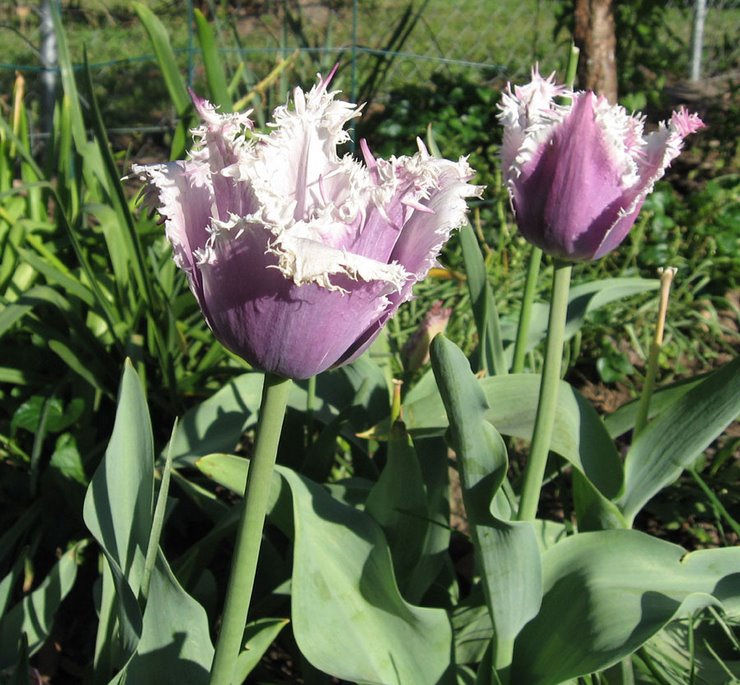Filling your fountain with distilled water rather than tap water can help avoid the white residue that builds up from the minerals in hard water. You can of course buy distilled water for use in your fountain, but I create my own with my dehumidifier. The water it removes from the air inside my home works well for the fountain, and I don’t have to purchase jugs of distilled water.
Be sure to keep an eye on the water level in your fountain so that it doesn't get too low. Submersible fountain pumps must be completely covered with water at all times when they are running. Check for leaves or other debris that may blow or fall into the fountain and could clog the pump.
The water in a fountain should be changed regularly; once a week for smaller fountains, and once a month for larger ones. First disconnect the pump. An air compressor or air pump can help clean the fountain pump by blowing free anything that may be inside. Open the pump cover and clean the inside with a small rag or old toothbrush. After emptying the old water, scrub the fountain with a solution of 1/2 cup of white vinegar to a gallon of water. (Vinegar is a safer alternative to bleach which some recommend for this cleaning.) Be sure to clean all of the bird droppings and debris out. Get in the crevices by using an old toothbrush. Rinse well with clear water. Drain the rinse water before adding fresh water. Wipe off the pump and clean the spouts with a towel and
toothbrush.
Mosquitoes are another possible issue with an outdoor fountain. They breed in stagnant water, so keep the water in the fountain moving. One way to prevent mosquitoes from using your fountain as a hatching ground is to use mosquito dunks; tablets or rings of material that you add once a month to any standing water. The dunks use a biological larvicide to kill mosquitoes before they become biting adults. Mosquito dunks are listed as harmless to birds, humans, fish, pets and wildlife, but be sure your pet can't get to them or eat them.
With the threat of West Nile Virus and other nasty diseases that mosquitoes carry, it's important to be sure they can't breed anywhere around your home. I add mosquito dunks to my garden pond and rain barrels as well as the fountain. They can also be used in rain gutters, saucers under planters, tree holes or old tires; any place that may collect water for even a few days. Clogged rain gutters are one of the most-overlooked breeding sites for mosquitoes.
Mosquito larvae must live in water from 7-10 days, so changing the water frequently will help disrupt this life cycle. Make sure you also change the water in bird baths and wading pools several times a week, and dump any water that has accumulated in planter saucers, tarps over boats, old car tires and so on. Clear debris from rain guttering so that no water stands in them. Change water in pet dishes daily.
A little routine maintenance can keep your outdoor fountain a source of pleasure in your garden for years to come.
Mosquitoes are another possible issue with an outdoor fountain. They breed in stagnant water, so keep the water in the fountain moving. One way to prevent mosquitoes from using your fountain as a hatching ground is to use mosquito dunks; tablets or rings of material that you add once a month to any standing water. The dunks use a biological larvicide to kill mosquitoes before they become biting adults. Mosquito dunks are listed as harmless to birds, humans, fish, pets and wildlife, but be sure your pet can't get to them or eat them.
With the threat of West Nile Virus and other nasty diseases that mosquitoes carry, it's important to be sure they can't breed anywhere around your home. I add mosquito dunks to my garden pond and rain barrels as well as the fountain. They can also be used in rain gutters, saucers under planters, tree holes or old tires; any place that may collect water for even a few days. Clogged rain gutters are one of the most-overlooked breeding sites for mosquitoes.
Mosquito larvae must live in water from 7-10 days, so changing the water frequently will help disrupt this life cycle. Make sure you also change the water in bird baths and wading pools several times a week, and dump any water that has accumulated in planter saucers, tarps over boats, old car tires and so on. Clear debris from rain guttering so that no water stands in them. Change water in pet dishes daily.
A little routine maintenance can keep your outdoor fountain a source of pleasure in your garden for years to come.


No comments:
Post a Comment